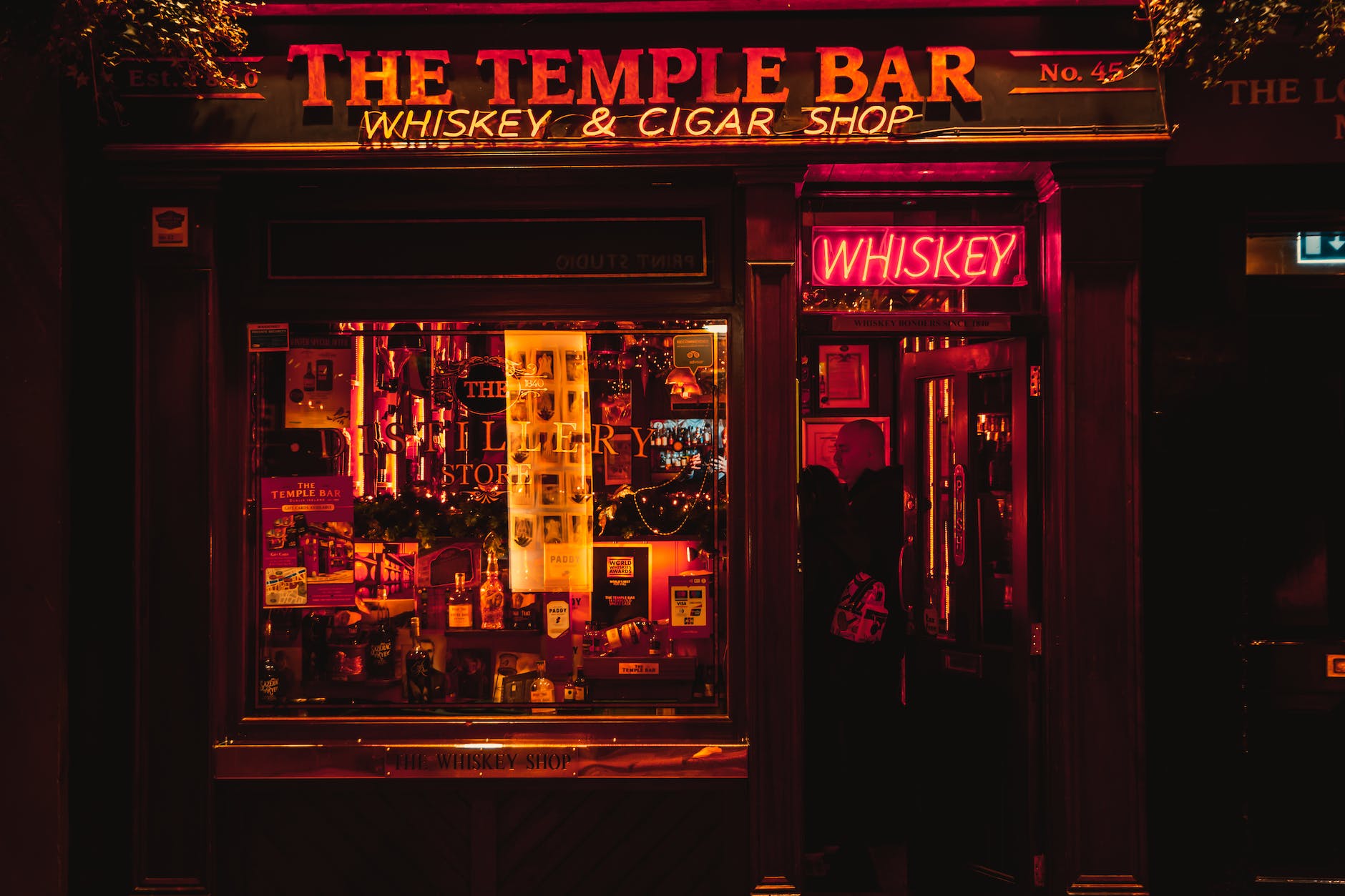The cinematic aesthetic is a potent blend of visual storytelling and emotive impact. When applied effectively, it can elevate your brand design, create a memorable brand identity, and enhance your brand awareness and brand recall.

Brief History of this Aesthetic Style
The seeds of the cinematic aesthetic were planted with the birth of the film industry in the late 19th and early 20th centuries. Iconic filmmakers like Alfred Hitchcock and Quentin Tarantino have contributed significantly to this visual language. Their masterful blending of cinematic visuals and dynamic typography have helped make films like “Psycho” and “Pulp Fiction” part of our cultural psyche (Design Week).
The cinematic aesthetic style has its roots deeply embedded in the rich tapestry of filmmaking and visual storytelling, tracing back to the early 20th century. The emergence of this aesthetic can be attributed to the golden age of Hollywood, where visionaries like Orson Welles and Alfred Hitchcock laid the foundation for this immersive and emotionally resonant style (Schatz, 1999).
In the ’60s and ’70s, the rise of independent cinema brought a more nuanced and often darker tone, punctuated by works of directors like Quentin Tarantino and Stanley Kubrick. Their influence has been so profound that we can still identify traces of it in modern-day branding, where storytelling elements are borrowed to craft compelling narratives (Kolker, 2011).
With the advent of digital technology in the late ’90s and early 2000s, the cinematic aesthetic saw another transformation. The lines between filmmaking and other forms of visual media started to blur. Directors like Christopher Nolan and cinematographers like Emmanuel Lubezki adapted the cinematic style to embrace high-definition digital technology, allowing for a more refined and crystal-clear aesthetic that could be replicated in areas beyond movies—such as branding and advertising (Cheshire, 2016).
What started as a series of experiments in visual storytelling has now been co-opted into various other forms of media—print, digital, and even experiential. We can see the influence of this aesthetic in campaigns like Apple’s “Shot on iPhone” series, which leverages cinematic techniques to create an emotional connection with its audience (Forbes, 2017).
This expansive aesthetic has been implemented in other spheres of influence like politics and social movements. The 2008 Barack Obama campaign, for example, borrowed heavily from cinematic storytelling to communicate a narrative of hope and change, transcending traditional political advertising (West, 2010).
Today, the cinematic aesthetic is not confined to any particular industry or medium. From the Instagram feeds of fashion brands to the homepages of tech startups, the elements of this aesthetic—rich color schemes, emotive lighting, and compelling narratives—are universally present, making it a versatile choice for brands aiming to deepen their impact and extend their reach.
In summary, the cinematic aesthetic has undergone various transformations, adapting to technological shifts while retaining its core elements—storytelling, emotion, and visual splendor. As brands look for innovative ways to capture attention and convey their message, this time-tested aesthetic offers a rich set of tools for doing just that.
Imagery and Motifs
When it comes to cinematic design, certain motifs and objects scream “Action!” Think epic wide shots, clapperboards, or even vintage projectors. These elements contribute to a filmic look and cinematic storytelling that can capture the essence of your brand.
Complementary Color Palette
Cinematic color grading involves muted, somewhat retro shades that create a compelling atmosphere. Here’s a sample color palette to try:
Cinematic Orange
#f48a63
RGB: 244, 138, 99
CMYK: 0, 43, 59, 4
Golden Credits
#f6c037
RGB: 246, 192, 55
CMYK: 0, 22, 78, 4
Leather Brown
#b6652a
RGB: 182, 101, 42
CMYK: 0, 45, 77, 29
Deep Ocean
#217c89
RGB: 33, 124, 137
CMYK: 76, 9, 0, 46
This muted color palette adds a layer of sophistication and emotive branding that conveys the cinematic feel you’re going for.
Fonts That Say “Cinematic”
In film-inspired design, fonts matter—a lot. To really evoke that cinematic feel, go for typefaces with a touch of elegance or Art Deco influence. Didot, Futura, Baskerville, Gill Sans, and Playfair Display are top picks for fonts that imbue a cinematic brand identity.
Words That Evoke the Cinematic Aesthetic
The tone and voice of your brand can further amplify its cinematic style. Words like Epic, Dramatic, Nostalgic, Visionary, and Masterpiece resonate well in brand positioning and can significantly impact your brand psychology.
Web Styling Recommendations
When it comes to your website, features like parallax scrolling and film-strip-like carousels can go a long way. These web styling recommendations work in tandem with your brand differentiation efforts and are crucial for making your online presence feel like a blockbuster hit.
Achieving a cinematic aesthetic is about more than just good visuals—it’s a complete sensory experience designed to captivate and move your audience. Whether you’re a well-established business or a budding start-up, the power of cinematic design can set you apart in a crowded marketplace. 🎬
References
- “How Movies Influence Graphic Design.” Design Week, https://www.designweek.co.uk/issues/6-12-august-2018/how-movies-influence-graphic-design/
- Schatz, T. (1999). Boom and Bust: American Cinema in the 1940s. University of California Press.
- Kolker, R. (2011). A Cinema of Loneliness. Oxford University Press.
- Cheshire, G. (2016). Death of Film/Decay of Cinema. The University of Texas Press.
- Forbes. (2017). How Apple’s ‘Shot on iPhone’ Campaign Changed the Industry. Retrieved from Forbes Website
- West, D. M. (2010). Air Wars: Television Advertising and Social Media in Election Campaigns, 1952-2012. SAGE Publications.
